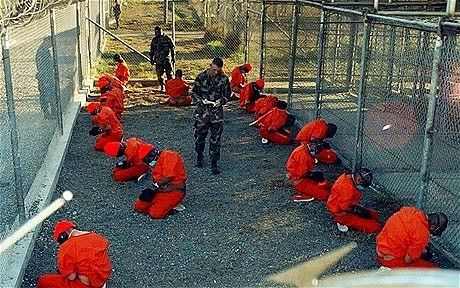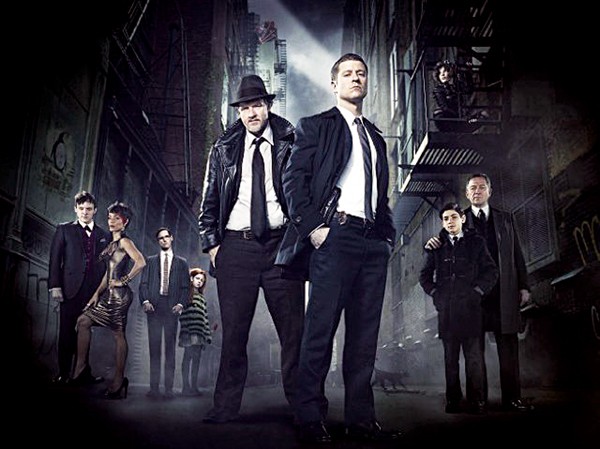It’s always fun to order something that’s not on the menu. So when I heard Arepas Deliciosas owner Blanca Castaño-Simpson mention her top-secret Colombian tamales ($7), I had to try one.
I definitely wasn’t prepared for what showed up at the table. For starters, Colombian tamales are huge! They’re like plump iPad minis wrapped in dark-green banana leaves. And unlike most Mexican tamales, they are wickedly chunky. The masa (corn dough) is practically swimming with carrots, peas, and plantains — not to mention a whole, cooked chicken leg and an enormous chicharrón (fried pork rind).
 John Minervini
John Minervini
Blanca Castaño-Simpson
These tamales are a hit. Castaño-Simpson grinds her own corn to make masa, and you can definitely tell. It’s got an amazing, fresh flavor, one that pairs perfectly with the savory-sweet filling.
Where did Castaño-Simpson get her culinary moxie? Why, in her mother’s kitchen (claro). She grew up in Pereira, Colombia, a medium-size town at the foot of the Andes Mountains.
“It’s like paradise,” she opines, with a far-off look in her eyes. “Like a nice spring day, every day, all year. The people are very friendly, and the food is wonderful.”
You can practically taste the fine weather in the bandeja paisa ($14.99), a signature Colombian dish. It’s a huge, oval-shaped platter, overflowing with pork belly, plantains, arepas (corn patties), white rice, and fried egg. Preparations vary from region to region, but Castaño-Simpson’s version also includes chorizo, ground beef, and avocado.
The beauty of this cuisine is its simplicity. Inevitably, whenever I asked Castaño-Simpson what was in a dish, the answer began the same way: tomatoes and onions and maybe two or three other ingredients. A good example is the salsa fresca: tomatoes, onions, cilantro, lemon juice, vinegar. It really is that simple! But if you know how to balance these ingredients, they pack a powerful punch.
Nosh-A-Rye — located in the lobby of the Memphis Jewish Home & Rehab — keeps kosher. In other words, they follow the rules of kashrut (Jewish dietary law). Rule number one: no mixing meat and dairy. Other forbidden foods include shellfish, pork, camel, and rock badger. Why would you want to eat in a restaurant if you can’t order rock badger? The answer, my friend, is simple. It’s geshmak — that’s Yiddish for yummy.
Case in point: the corned beef sandwich ($6.99). As sandwiches go, it’s pretty straightforward, just corned beef and fresh spinach on rye bread. No mustard, nothing. But taste it, and tell me if the meat doesn’t speak for itself. Flown in from a kosher butcher in New York, it’s moist and tender, faintly salty, with a subtle, spicy flavor.
The man behind the improvements is Nosh-A-Rye’s new manager, Kurt Abisch (and the Deli team of Chef Dovid Cenker, Bobbie Yarbrough, and Isreal Howard). Raised in Israel, Abisch spent the past 15 years working in kosher food service in New York City. Now he’s bringing that know-how — and a long list of kosher food distributors — to Memphis. “In New York, my first big order was for a Reform temple in the Bronx,” remembers Abisch, furrowing his thick eyebrows. “I brought in the kosher dairy, and they said, ‘Put it over there, by the shrimp.’ I was like, ‘Oh boy.”
Since coming on in April, Abisch has revamped the menu at Nosh-A-Rye, adding things like the knockwurst hot dog ($2.99) and Turkish coffee ($2). (“I tell the old ladies,” he adds, “it grows hairs on your chest.”) But he has kept customer favorites like the matzo ball soup ($2.59) and the fried chicken ($6.99).
I know what you’re thinking: fried chicken at a kosher deli? But if you happen to be an observant Jew, this is one of just two places in town where you can order the stuff. (The other is Holy Cow, in the lobby of the MJCC.) And come on, it just wouldn’t be Memphis without fried chicken.
Abisch has also started a series of international dinners, offering kosher takes on cuisines from around the world. The next is an Italian Feast on October 22nd, featuring beef carpaccio and sweet potato gnocchi. At that event, there will also be a performance by opera singer Stephen Len White, who will sing selections from The Phantom of the Opera.


 John Minervini
John Minervini 



 Memphis Rail & Trolley Museum
Memphis Rail & Trolley Museum  Downtown Memphis Commission
Downtown Memphis Commission  Downtown Memphis Commission
Downtown Memphis Commission  Downtown Memphis Commission
Downtown Memphis Commission  Downtown Memphis Commission
Downtown Memphis Commission 